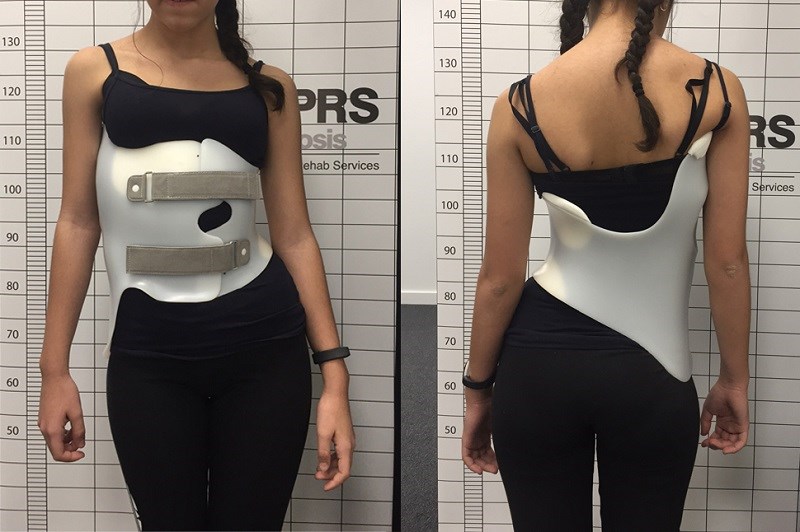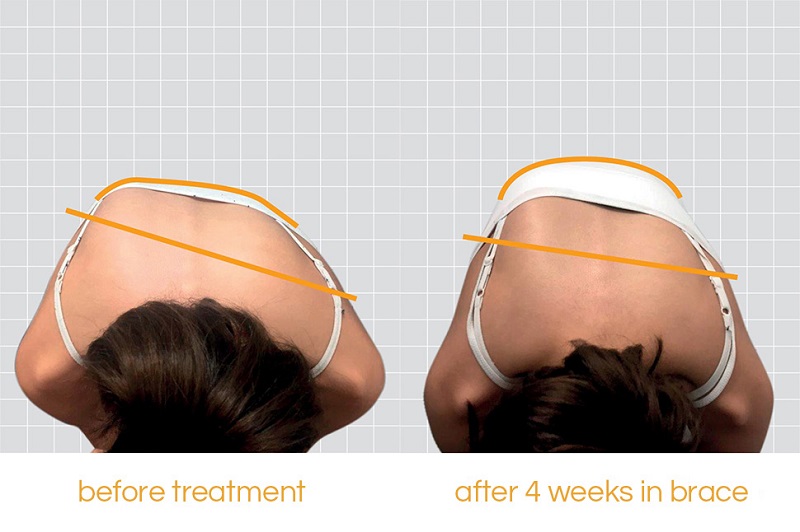
09 June 2020
We are facing uncertain times as we change our existing plans and lives to cope with the uncertainty of this worldwide pandemic. As the NHS rises to the challenge of increasing hospital admissions priorities will change and scheduled surgeries may now be cancelled. This will affect people in many ways.
LOC is reaching out to those of you who have planned corrective spinal surgery for a scoliosis deformity and are facing the understandable postponement of this surgery. LOC can help.
If your child has scoliosis then there is a risk this can progress as your child grows, particularly during an adolescent growth spurt. This can be avoided by asymmetrical scoliosis bracing. This is a very successful evidence-based treatment for those who are looking to avoid surgery or indeed if surgery has been postponed. Cobb angles can be reduced, and posture improved. If surgery is not an option in the immediate future, and you are looking to prevent further progression of a scoliosis curve during a growth spurt, LOC can help.

We believe that LOC is an essential business and we will remain open so that patients continue to have access and we can continue to treat their conditions. We can also help adults with scoliosis by bracing to provide pain relief in order to maintain mobility. We can treat curves of all shapes and sizes so please get in touch with one of our clinical team if you’d like further information. We can arrange for a free Skype or Facetime initial consultation to answer any questions you might have.
Please note: Our Kingston clinic has its own car park (parking is free) so that patients can be assessed and fitted without having to use public transport
The operation used to treat severe scoliosis curves is typically spinal fusion surgery; a major procedure that involves moving muscles and realigning the skeleton into place. The curved, deformed vertebrae are fused together into a single bone, putting metal screws and rods into the spine to help straighten it. Surgery typically lasts between 4 and 8 hours depending on the severity of the curve. Bone graft is then taken from other parts of the body and used to cover the implants.
Following the operation, it is necessary to spend around a week in intensive care before returning home and the first few days are often uncomfortable. Most adolescents can expect to return to school from 2-4 weeks following surgery, but pain medication may be required up to 6 weeks following. A full recovery from the procedure can take up to a year, as it can take that long for the spine to heal fully.
Spinal fusion surgery causes the fused portion of the back to become permanently stiff, as a result, returning to sports that require large amounts of flexibility (ballet, yoga, gymnastics, dance) or contact (rugby, football, karate, hockey) may take longer.
Risks of spinal fusion surgery are like that of any other major procedure and include infection, blood clots and anaesthesia complications. The added risks include permanent nerve damage to the spine and paralysis.